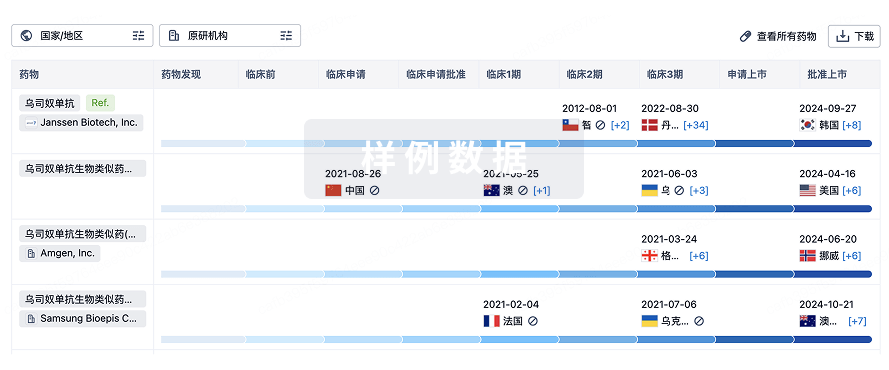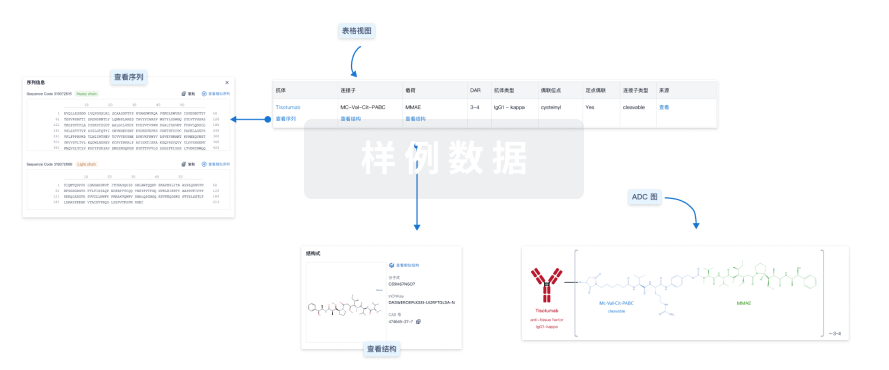Glioblastoma multiforme (GBM) is a lethal disease characterized by an overall survival of about 1 yr, making it one of the most aggressive tumors, with very limited therapeutic possibilities.Specific biomarkers for early diagnosis as well as innovative therapeutic strategies are urgently needed to improve the management of this deadly disease.In this work, we demonstrated that vesicular galectin-3-binding protein (LGALS3BP), a glycosylated protein overexpressed in a variety of human malignancies, is a potential GBM disease marker and can be efficiently targeted by a specific antibody-drug conjugate (ADC).Immunohistochem. anal. on patient tissues showed that LGALS3BP is highly expressed in GBM and, compared with healthy donors, the amount of vesicular but not total circulating protein is increased.Moreover, anal. of plasma-derived extracellular vesicles from mice harbouring human GBM revealed that LGALS3BP can be used for liquid biopsy as a marker of disease.Finally, an ADC targeting LGALS3BP, named 1959-sss/DM4, specifically accumulates in tumor tissue, producing a potent and dose-dependent antitumor activity.In conclusion, our work provides evidence that vesicular LGALS3BP is a potential novel GBM diagnostic biomarker and therapeutic target deserving further preclin. and clin. validation.








